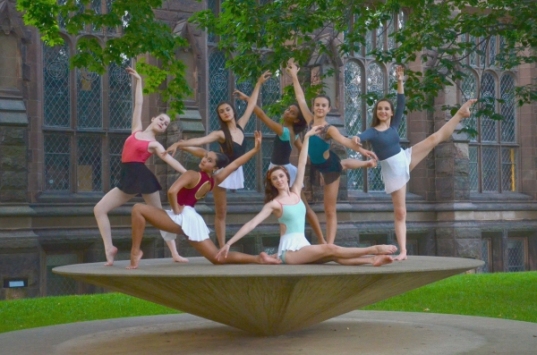
If you attended a summer ballet intensive program this year, congratulations! It is such an honor and accomplishment to be accepted into a summer ballet school away from home. I remember all too well the 6 weeks of dancing bliss, meeting new friends, being away from my parents, and of course learning a ton from the wonderful ballet teachers that were on staff. Memories like these last a lifetime – I am even still in touch with some of the friends I made at summer intensives long ago.
The hardest thing for me was always adjusting back to home life after the end of a summer intensive program. I remember leaving for American Ballet Theatre, New York at age 15, living in an apartment by myself, and walking to the studios each morning by myself. It was a big responsibility but it made me feel so grown up. It was always hard for me to leave my family and friends back home, but once I got to the summer intensive, I never wanted to leave! Chances are, you are dealing with the exact same feelings right now after returning home from your summer intensive, and I want to share some pointers with you to help you adjust and get comfortable back at home.
Be Easy on your Parents – Your parents have missed you so much during the duration of the summer intensive. After all, their little one has been away for 6 weeks and they can’t wait to see you and spoil you when you get home. While their overly-affectionate attitude may be annoying, don’t fight it – embrace it. It is often hard to adjust back to the boundaries and rules that your parents have set at home. Sit down with them and explain your new found confidence rather than breaking the rules and getting in trouble. The key to dealing with your parents is working with them, not against them!
Keep in Touch – Do be sure to keep in touch with all of the new friends you met at your summer intensive. Social media like Facebook makes it super easy these days. Not only is it a great way to keep each other updated as to what is going on in your lives, it can also be a great connection for the future – Say if you’re looking for a roommate for next year’s summer intensive.
Respect your Ballet Teachers – You want to show off your new skills and technique, but don’t do it at the cost of making your ballet teacher angry. This is probably one of the hardest things to adjust to. For example: you go to a Balanchine summer intensive but return to a classical school. Your teacher back home definitely will not appreciate your new hands and over-crossed fifths 😉 Do your best to honor their corrections and chat with them after class. They will help you understand why they don’t like some of your new habits, but will also tell you which new habits they appreciate in a good way!
Adjusting back to home life can be tough after attending a summer ballet intensive program. Communicate with your loved ones, friends, and ballet teachers and you will be back on track in no time!
* Photo Credit Princeton Ballet School’s Summer Intensive Program. ©Theresa Wood

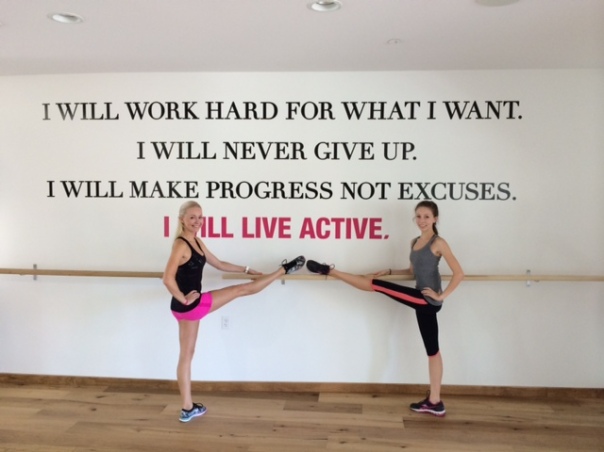







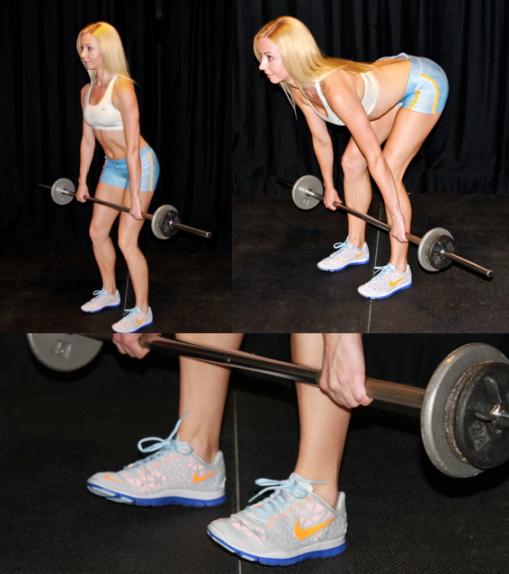
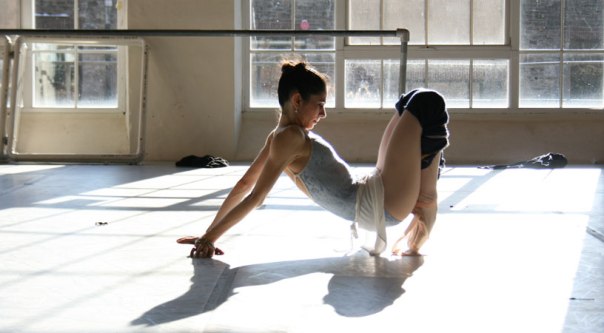
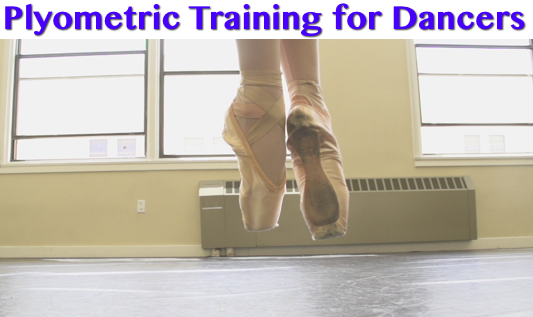
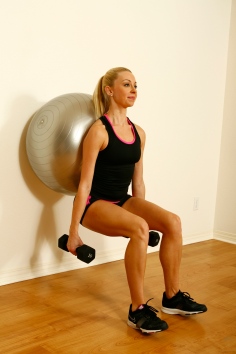










 Ballet Audition Tips
Ballet Audition Tips